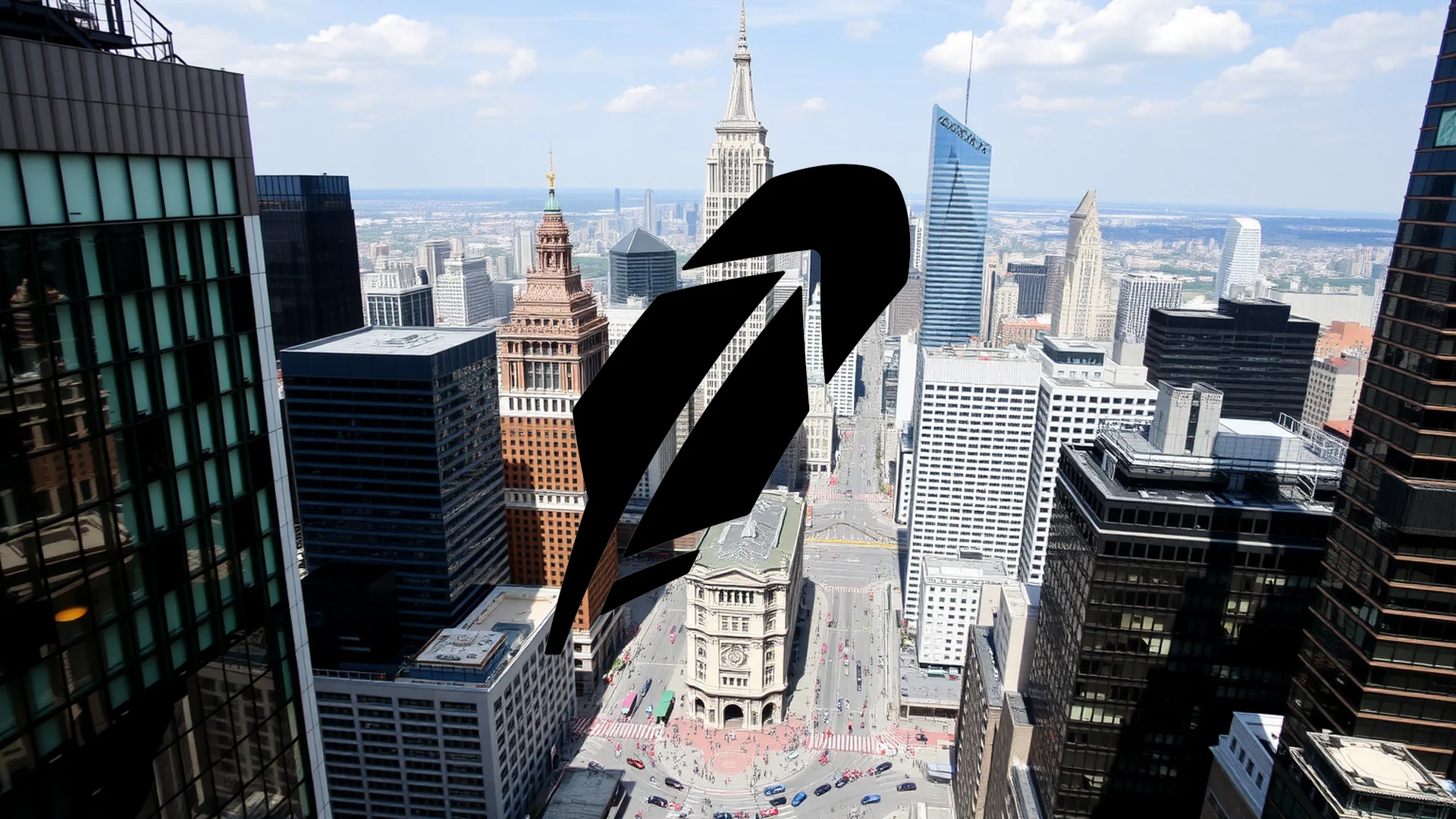Caterpillar’s Q2 earnings revealed a mixed picture as the heavy machinery giant grappled with the ripple effects of U.S. tariff policies. While revenue held steady at $16.6 billion—just 1% below last year—net profit plummeted nearly 19% to $2.2 billion, with earnings per share dropping to $4.72. Analysts had anticipated stronger results, but the company warned of $1.3–$1.5 billion in tariff-related costs for 2025, including $400–500 million in Q3 alone. Despite operational strengths—such as a 7% revenue jump in its Energy & Transportation division—other segments like Construction Industries saw profits crash by 29%, reflecting uneven sector impacts.
Global Demand vs. Trade Headwinds
As a bellwether for global industrial activity, Caterpillar’s struggles signal broader economic pressures. Its stock initially dipped 3% pre-market but later stabilized, suggesting investors had priced in some turbulence. The company maintained robust fundamentals, generating $2.4 billion in free cash flow and raising dividends for the fifth consecutive year. Yet, with tariffs escalating—including new 25% levies on Indian imports—the outlook remains clouded. The dichotomy of strong order backlogs ($8.9 billion year-over-year growth) and tariff drag leaves markets questioning whether Caterpillar can sustain momentum amid trade policy uncertainty.
Ad
Caterpillar Stock: Buy or Sell?! New Caterpillar Analysis from December 23 delivers the answer:
The latest Caterpillar figures speak for themselves: Urgent action needed for Caterpillar investors. Is it worth buying or should you sell? Find out what to do now in the current free analysis from December 23.
Caterpillar: Buy or sell? Read more here...












